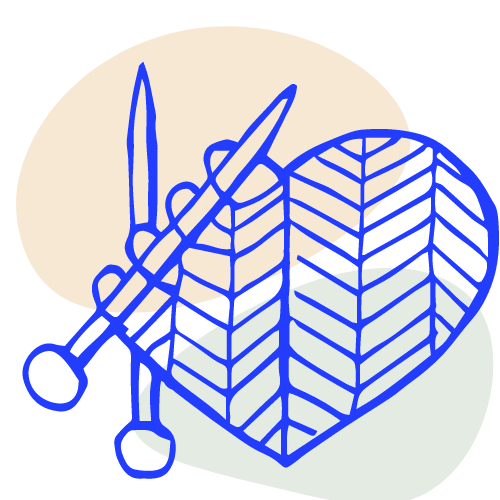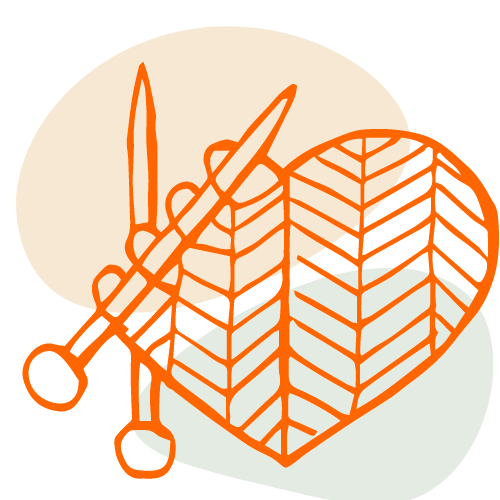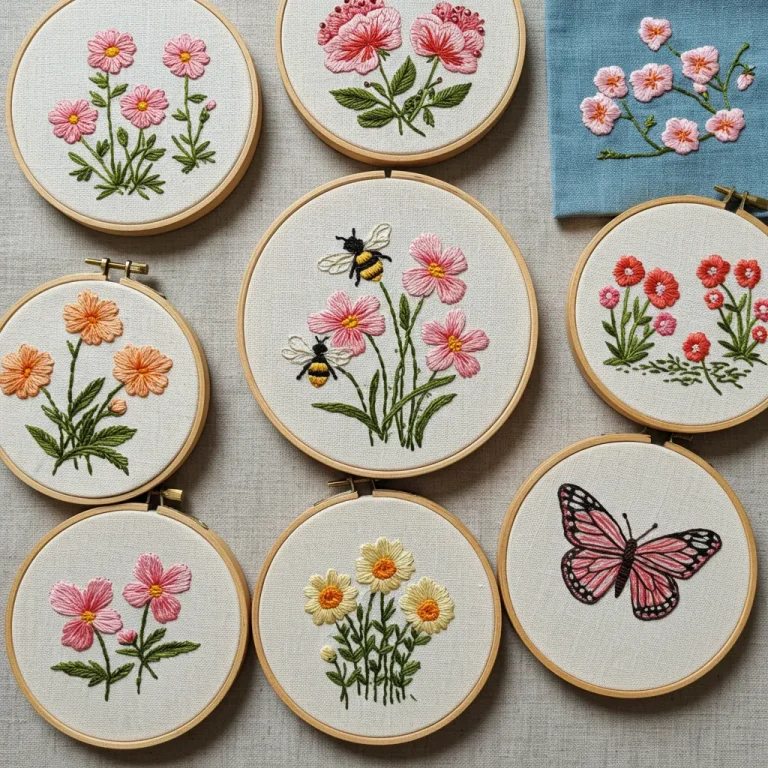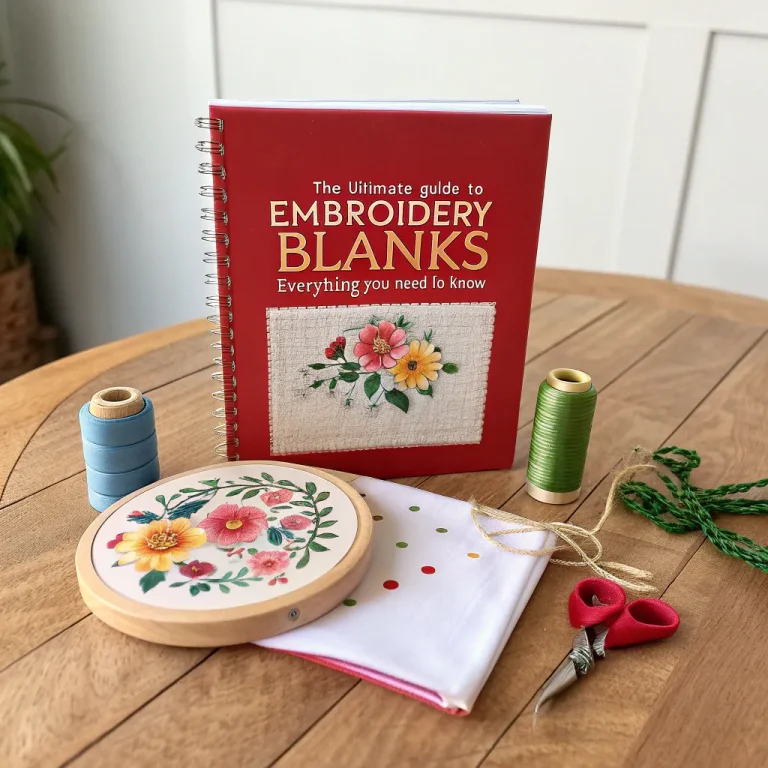Embroidery is a beautiful and intricate craft, and the right tools can make all the difference in your finished piece. Among these tools, the embroidery needle plays a critical role in achieving precise and clean stitching. While it might seem like a small detail, selecting the right embroidery needle is essential for ensuring smooth, efficient stitching and flawless results.
In this guide, we’ll explore the different types of embroidery needles, how to choose the right one for your project, and helpful tips for using them effectively.
What is an Embroidery Needle?
An embroidery needle is specifically designed for the art of embroidery, with features that distinguish it from regular sewing needles. These needles have a larger eye, which makes it easier to thread thicker embroidery threads or specialty threads. They also have a sharp point that allows them to easily penetrate fabric without causing damage. Choosing the correct needle type for your embroidery project can significantly affect the quality of your stitches and overall design.
Types of Embroidery Needles
There are several types of embroidery needles to choose from, each designed for different purposes and fabrics. Here are the most common types:
- Universal Embroidery Needle
As the name suggests, this needle is designed for general embroidery purposes. It’s perfect for most standard fabric types, including cotton, linen, and lightweight canvas. The universal embroidery needle has a slightly rounded tip, which helps prevent damage to the fabric while still allowing for sharp and precise stitches. It is versatile and works well with most thread types. - Ballpoint Embroidery Needle
If you are working with knit or stretchy fabrics, the ballpoint embroidery needle is the best choice. The rounded tip of the ballpoint needle is designed to slip between fibers rather than cutting through them, making it ideal for fabrics like jersey or spandex. This prevents snags or runs in delicate fabrics. - Tapestry Needle
Tapestry needles are designed with a large eye and a blunt tip. The larger eye allows thicker embroidery threads, like wool or specialty threads, to pass through easily. The blunt tip is perfect for delicate fabrics like silk, as it prevents snagging. Tapestry needles are commonly used in counted thread embroidery and cross-stitch projects. - Jean/Denim Needle
The jean/denim needle is designed for heavier fabrics like denim, canvas, or thick upholstery material. It has a strong, thick shaft and a slightly larger eye to accommodate heavier threads. If you’re planning to embroider on thick, sturdy fabrics, this needle is essential to ensure smooth stitching without breaking the needle. - Sharp Embroidery Needle
The sharp embroidery needle is ideal for fine fabrics such as silk, satin, or tulle. It has a very fine, sharp point that allows it to pierce through delicate fabrics with minimal resistance, resulting in clean and precise stitches. This needle is excellent for detailed designs and intricate embroidery work. - Metallic Needle
When working with metallic threads, it’s important to use a needle designed to prevent the thread from fraying. Metallic embroidery needles have a larger eye and a special coating that reduces friction, allowing the thread to glide through the fabric without breaking or damaging the fibers. These needles are designed specifically for working with glitzy metallic threads or fine specialty threads.
How to Choose the Right Embroidery Needle
Choosing the correct embroidery needle depends on several factors, including the type of fabric you’re working with, the thread you plan to use, and the complexity of your design. Here’s what to consider when selecting your needle:
- Fabric Type:
Always choose a needle that complements your fabric. For delicate fabrics like silk, a sharp needle will work best. For knit fabrics, opt for a ballpoint needle to avoid causing runs or snags. - Thread Thickness:
The thickness of the thread you’re using will affect your needle choice. Heavier threads, like wool or metallic threads, require a needle with a larger eye, such as a tapestry or metallic needle. Lighter threads, like cotton embroidery floss, can be used with a standard universal needle. - Needle Size:
Embroidery needles come in a variety of sizes, typically ranging from 60/8 (fine) to 110/18 (heavy). Smaller numbers correspond to thinner needles, while larger numbers correspond to thicker needles. Choose a needle size that matches the thickness of your thread and fabric. For example, use a size 75/11 needle for light cotton fabric with standard embroidery floss, and a size 90/14 needle for thicker fabrics or threads. - Design Type:
The type of design you’re creating will influence your needle choice. If you’re doing delicate, detailed work, you’ll want a sharp or fine needle for precision. For large, bold designs, a larger needle with a bigger eye might be better suited to handle the thread.
Tips for Using Embroidery Needles
- Use a New Needle for Each Project:
A fresh needle ensures smoother stitching and less friction. Over time, needles can become dull or bent, which can cause uneven stitching or fabric damage. Consider replacing your needle every few projects or whenever it starts to feel less efficient. - Threading the Needle:
To thread your needle, cut your thread to the desired length and pass it through the needle’s eye. Be sure not to cut the thread too short, as you’ll need extra length to work with as you stitch. If you’re using a thicker thread, it’s often easier to thread the needle by using a needle threader. - Proper Needle Positioning:
When inserting the needle into the fabric, make sure it’s perpendicular to the surface for the cleanest stitch. Keep the fabric taut in the hoop to prevent it from shifting, which can cause uneven stitching. - Store Your Needles Properly:
Keep your embroidery needles in a safe, dry place to prevent them from rusting or getting damaged. Using a needle organizer or case can keep your needles neatly sorted by type and size for easy access.
Conclusion
Choosing the right embroidery needle can make a world of difference in your embroidery projects. Whether you’re working with delicate silk, sturdy denim, or intricate metallic threads, selecting the correct needle type and size ensures smooth stitching and a flawless design. By understanding the differences between needle types and following some simple tips, you’ll be well-equipped to tackle any embroidery project with confidence. Happy stitching!
The Story Behind the Popular Crochet Amigurumi Trend
The Story Behind Crochet Edging: How Small Details Make Big Statements




